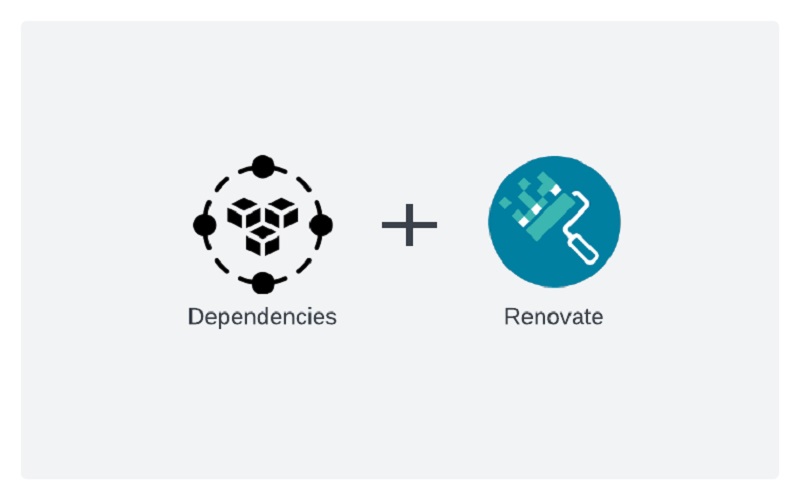ROR is a dynamic, open-source framework for developing web applications, based on object-oriented programming principles. The ROR utilizes the Ruby language which is known to be dynamic and object-oriented and was developed in Japan a few years back. This ROR program can easily work on a system with different platforms. With the implementation of this program, you can create advanced and feature-rich applications for your website. Some tips are given hereunder that will help you utilize the benefits of ROR Services to develop websites.
Below given are ten tips to utilize the power of ROR for your projects.
1. Use Gems For Enhanced Functionality
Ruby Gems are great because they allow you to avoid reinventing the wheel. Most of these libraries do much more than just log in & pay and check & upload, but when other developers use these you just need to do that 10% that’s different. Also, gems are maintained and updated regularly by the community. This way they are safe & sound. In addition to that, while following the right sampling technique, nobody is required to reinvent any wheel using some poor quality of an asset.

2. Implement MVC Architecture
The Model-View-Controller (MVC) architecture is very important in ROR. It helps us divide our application into three connected parts: Model, View, & Controller. This will make the code organized & easier to maintain. The Model deals with the data & business rules. The View takes care of what users see in the app. And, the Controller gets user input & works with the Model. With MVC we can work on, test, & debug each part separately which makes development easier and lets us scale up things. Using this layout if you change one part it won’t mess up the others! It keeps your app strong & easier to maintain as time goes by.
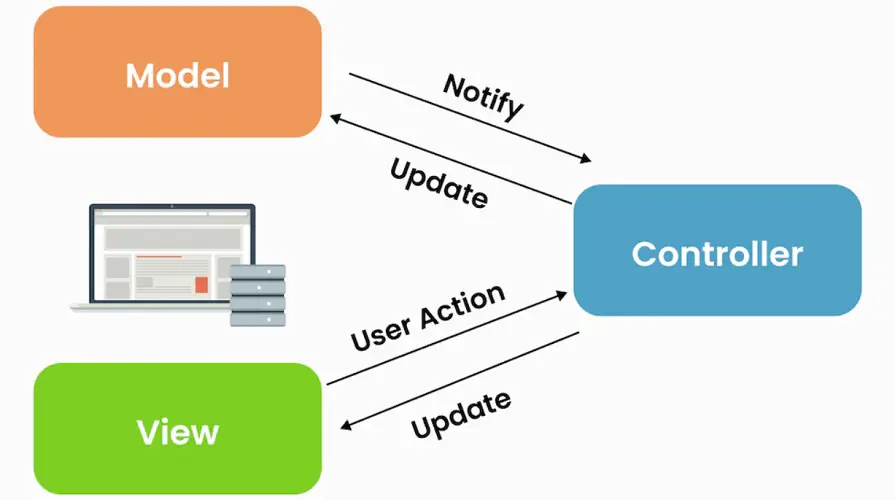
3. Optimize Database Queries
Managing databases is something that needs to be watched out for to have great performance. Active Record of ROR is such a concept that it’s very easy to work with databases & those difficult queries as it provides us the view at a higher level regarding the database interactions due to which we can make the complex things simple. For example, through eager loading we can pre-load the associated records, thus reducing the number of queries being fired on a database. Indexing plays a major part here too! It makes everything much faster as it helps to find stuff faster. These smart optimizations, in turn, result in better response times & help you to manage your data better, which means faster load times, smoother interactions, and all in all – a better experience for the user. Also important for both keeping performance high & being able to scale.
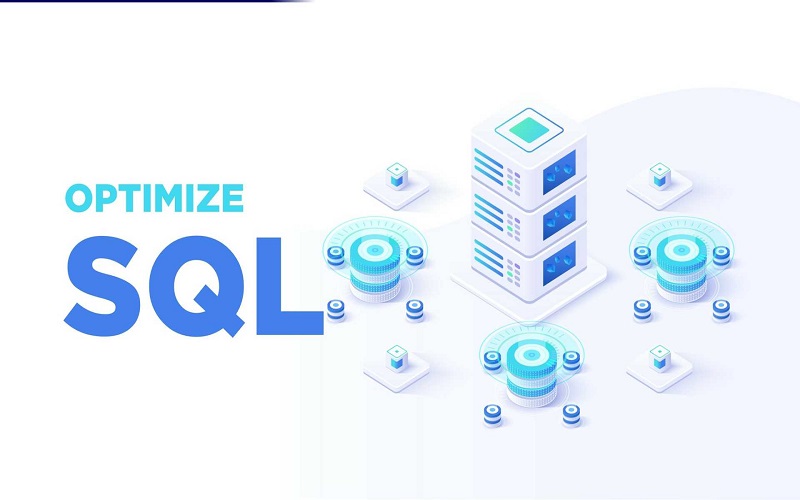
4. Employ TDD And BDD Practices
Test-Driven Development (TDD) & Behavior-Driven Development () are super helpful for making strong, bug code. With TDD, you write first before you even start coding’s a smart way to ensure the code is what the tests require from the get-go Because of this, end up with cleaner more reliable code that has fewer bugs lurking around.
Now, BDD is a bit different. It’s all about the how application works from a user’s view. This relies on writing scenarios in plain language that show how the app should behave This way, developers check if what they’re building meets what expect! Plus makes communicating between developers, testers, and stakeholders a lot easier. Both TDD and BDD help maintain high standards, reduce bug-fixing time, and enable faster development of higher-quality code. This means developers can work faster & create higher quality in less time.
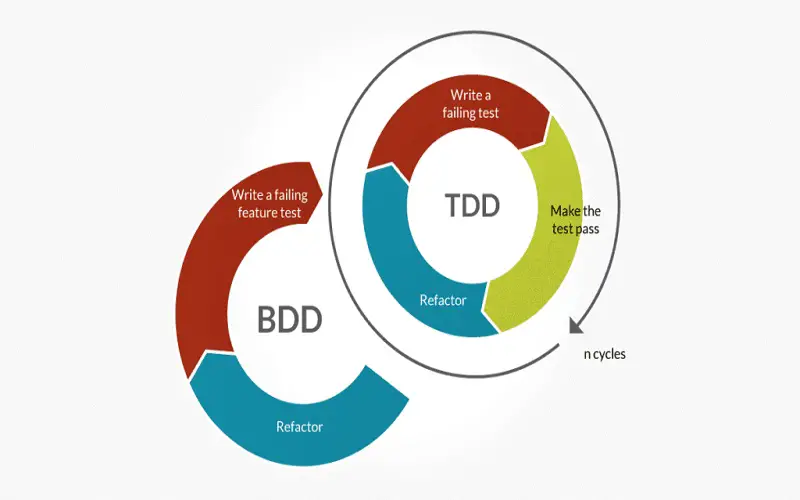
5. Utilize Asset Pipeline
The asset pipeline in Rails makes it so easy to handle your CSS, JavaScript, & images. Developers can merge & minify these assets so that pages load lightning-fast! It also has Sass and CoffeeScript built-in allowing you to use some cool features while writing cleaner code.

6. Use Background Jobs For Heavy Tasks
Background jobs are really handy for managing heavy or slow tasks without messing up the experience. Tools like Sidekiq & Res fit nicely with Rails, letting these run quietly in the background. When you load things like sending emails, processing, or doing tricky calculations, the app is quick and responsive even when it’s busy. This method ensures users almost no delays & enjoy smooth interactions, no how complex the stuff that’s happening behind the scenes. Using jobs is key for keeping up performance & scalability in busy apps.
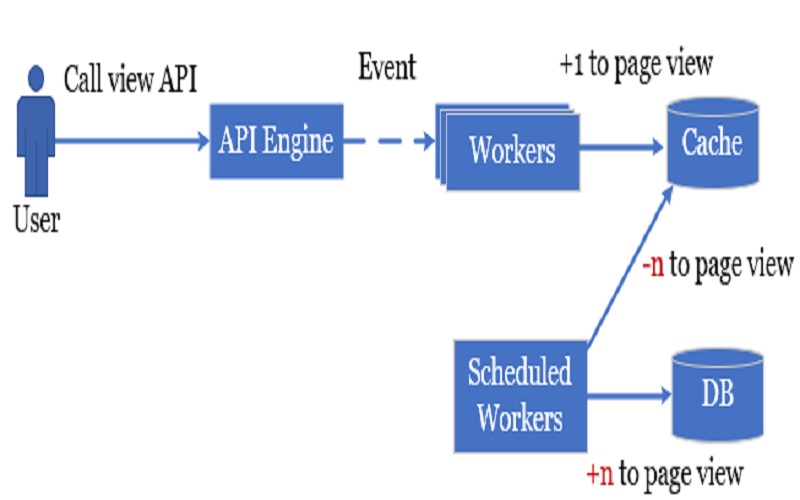
7. Secure Your Application
Security is really important in web development! ROR provides some awesome features to make our apps safe, as well as the queries. These will help us protect against SQL attacks because it is a big deal, there are pretty strong authentication methods by default. But using HTTPS? You better do it! It ensures that all data sent between server & clients are encrypted so nobody can listen or modify it.
Secure cookies also help to secure user sessions. They provide an additional layer of security. Cool, huh? And it is of utmost importance to frequently update the dependencies. It resolves the vulnerabilities and protects the application against new vulnerabilities. With features & practices like these, developers can enhance the security & reliability of the applications by leaps.

8. Leverage Rails’ Convention Over Configuration
Rails is a “convention over configuration” so you can develop faster by writing less boilerplate code. Just follow the convention which means most of the time you can Go Quickly. It also helps a lot for new members to read the code of other people.
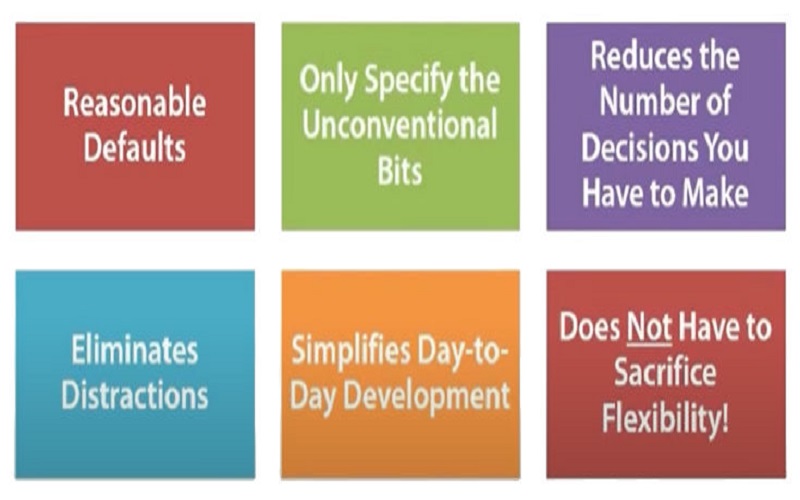
9. Implement RESTful APIs
Design your application to allow different parts to communicate easily and connect with external services. This kind of setup makes your app more scalable and flexible. It grows and changes without too much hassle. And this makes it way simpler to interact & integrate.
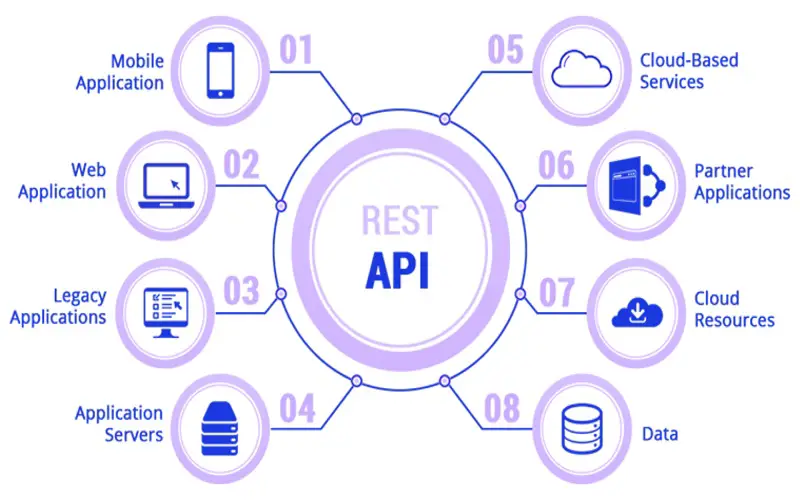
10. Regularly Update Dependencies
Keeping Ruby, Rails, & gem dependencies up-to-date is super important for security & performance reasons! Regular updates let you enjoy new features and fixes while keeping things safe too! Tools like Dependabot can help you manage updates easily.
